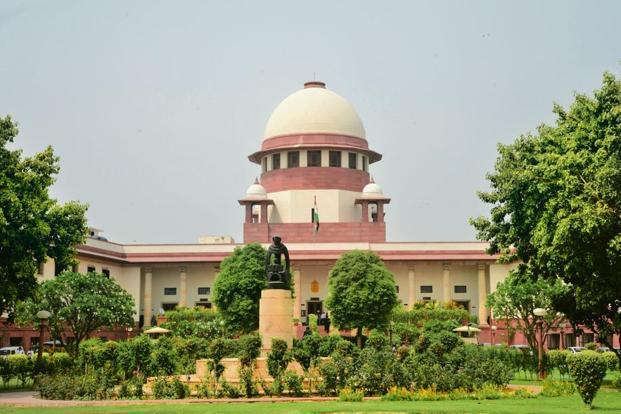OPINION: Ayodhya Verdict—Is this Justice? I ask myself
by Syeda Hameed
In the spirit of your judgment, just give us one assurance that this will never happen again.
It’s almost like it happened yesterday. I watched the masjid come down from my home in Jamia while the then Prime Minister watched it from 7, Race Course. Twenty seven years later it has come to a close with the unanimous judgment of five Supreme Court judges.
The 2.77 acres, possibly the most disputed land in Indian history, will go to a trust which will be formed by the government (within three months) and five acres of land somewhere in Ayodhya goes to the Muslim party.Is this justice? In its wording and in its spirit? I asked myself.
Snippets from media reports come back to me. The court has used the word illegal for the demolition of the Babri Masjid. I have a simple question to place before the honourable judges.
If breaking the Masjid was illegal, why has the 2.77 acres been gifted to the very elements who were party to this?The relief that has been offered to the aggrieved party does not suggest that there was any illegality in the demolition of the masjid.
Some other thoughts follow this question.
There were two original Hindu parties (to the case): the Nirmohi Akhara and Ram Lalla Virajman. Later, a third entity entered the fray, the Ram Janambhoomi Nyas, which now is the paramount player. Will it now be dominant party of the trust and gain control of the huge sums that have been gathered for this cause from India and around the world?
The ASI’s main report, which was signed by all those who framed it, stated that no temple was found beneath the masjid. At the end of the report, there was an unsigned epilogue. It stated that the structure beneath did not look Islamic. Has the court relied on the unsigned epilogue rather than on the signed report?
What about the optics of this judgement? Does it appear as if a majoritarian judgement was delivered within a majoritarian ethos to please the majority? Does it set a precedent? We have an ancient history when entire cities have been built on the ruins of other cities. (Delhi was razed and rebuilt seven times). What about Kashi? Mathura? What about thousands of religious places which are on the demolition list?
Should relief follow from the findings or should it be contrary to the findings? Can it be said in all fairness that the consequence of what the court described as illegality is that the “aggressor” party has got what it wanted.
To quote Maulana Abul Kalam Azad, “Jo hona ttha woh ho chuka” (Whatever was supposed to happen, has happened). For Muslims, the question I ask myself in the words of Allama Iqbal is: “What should we do now? What should we not do?”
There has been unprecedented security across the country as though fearing that Muslims will come out in protest from every gully and mohalla of the country. Or that Hindus will emerge with bands and banners from all corners. That’s very unlikely. That should not happen. I cannot speak for the Hindus but for Muslims. I say with humility to my co-religionists that we have no power, no agency, no spaces left for protest.
Those spaces are fast disappearing for all who believe in resisting the establishment. I don’t want to see innocent blood spilling on the streets, because it is only the poor and wretched who are used by the powerful to create divisions and violence.
There is one talisman for Muslims which has been given by none other than their sole guides, the Koran and the Prophet. They should clearly, politely and unequivocally refuse the offer of five acres of land in Ayodhya. Then they should say to the powers that be: “Since you have in one voice given the judgment that the demolition and placement of idols was illegal then don’t give us substitutes like pieces of land; we reject such offers. In the spirit of your judgment, just give us one assurance that this will never happen again.”
Article first published on Hindustan Times.
Syeda Hameed is a Writer and President of Muslim Women’s Forum.
Disclaimer: Views expressed by writers in this section are their own and do not reflect Milli Chronicle’s point-of-view.



